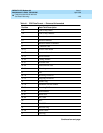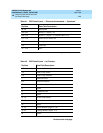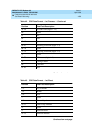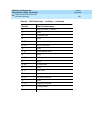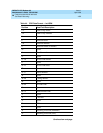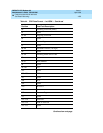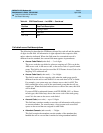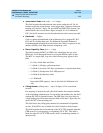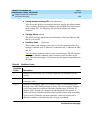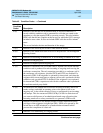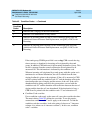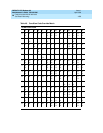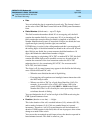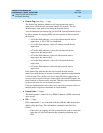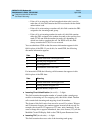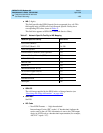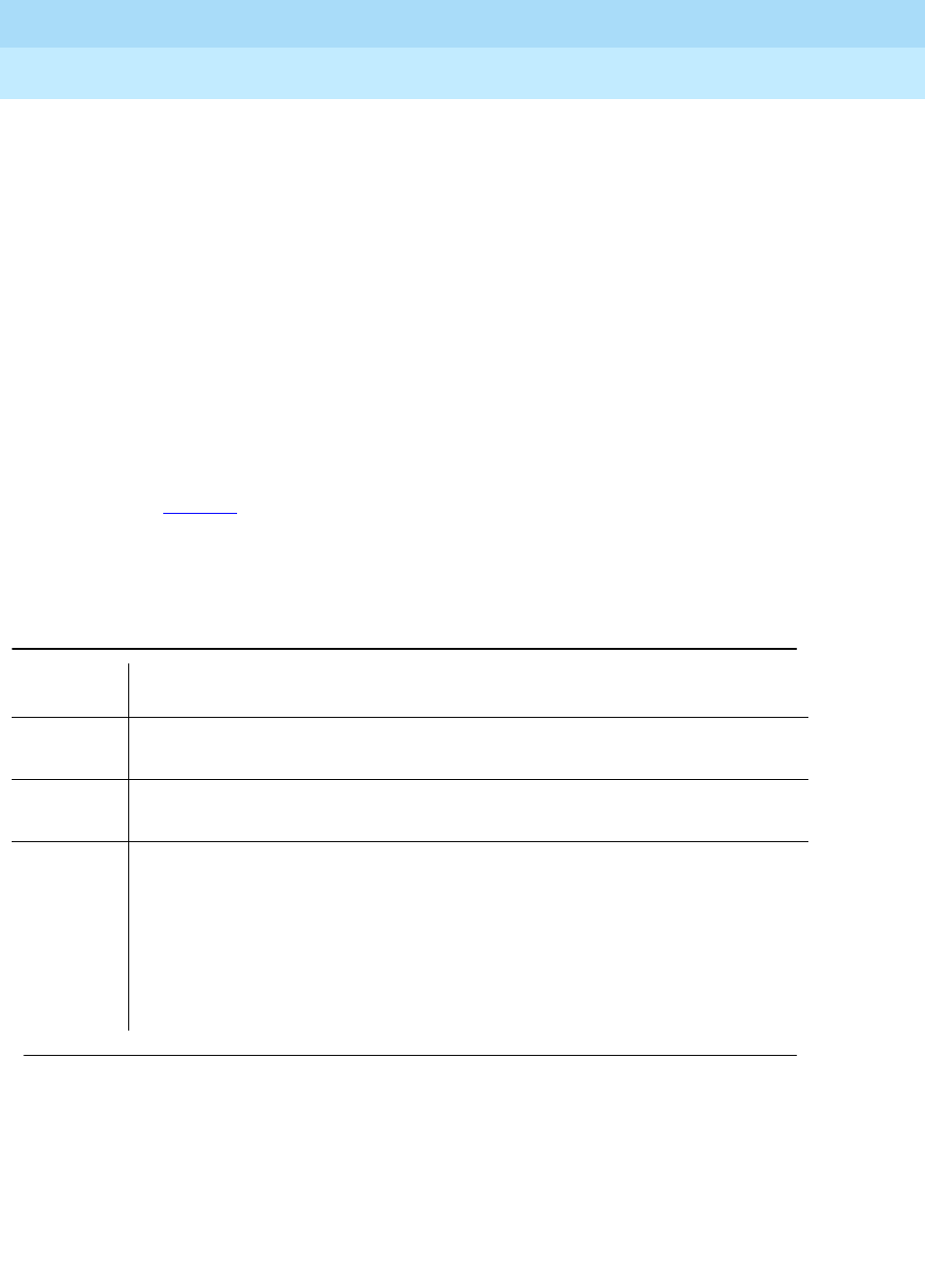
DEFINITY ECS Release 8.2
Administrator’s Guide
555-233-506
Issue 1
April 2000
Features and technical reference
1256Call Detail Recording
20
■ Calling Number/Incoming TAC (clg-num/in-tac)
You can use this field on a customized record to display the calling number
if it is available. If calling party number is not available, this field contains
the Incoming TAC. For outgoing calls, this field contains the calling
extension.
■ Carriage Return (return)
The ASCII carriage return character followed by a line feed indicates the
end of a call record.
■ Condition Code — 1 character
The condition code indicates what type of call this record describes. For
example, condition code C indicates a conference call, 7 indicates an ARS
call, etc.
Table 45
shows condition codes for most record formats. The 59-character
format uses different condition codes from those used for other record
types. The codes that apply to 59-character records appear in parentheses in
the table.
Table 45. Condition Codes
Condition
Codes Description
0 Identifies an intraswitch call (a call that originates and terminates on the
switch).
1 (A) Identifies an attendant-handled call or an attendant-assisted call (except
conference calls).
4 (D) Identifies an extremely long call (10 hours or more) or an extremely high
message count TSC (9999 messages or more). On a call exceeding 10 hours,
a call record with this condition code and a duration entry of 9 hours, 59
minutes, and 1–9 tenths of a minute is produced after the first period. A
similar call record with this condition code is produced after each succeeding
10-hour period. When the call does terminate, a final call record with a
different condition code identifying the call type is produced.
Continued on next page



